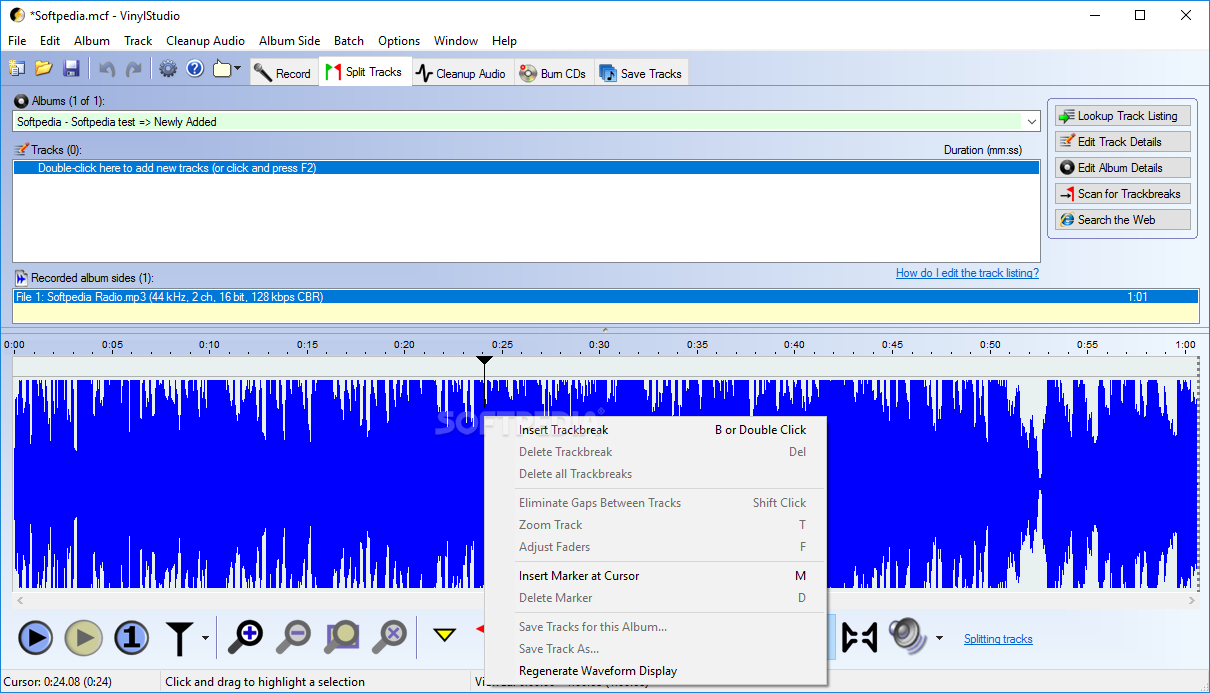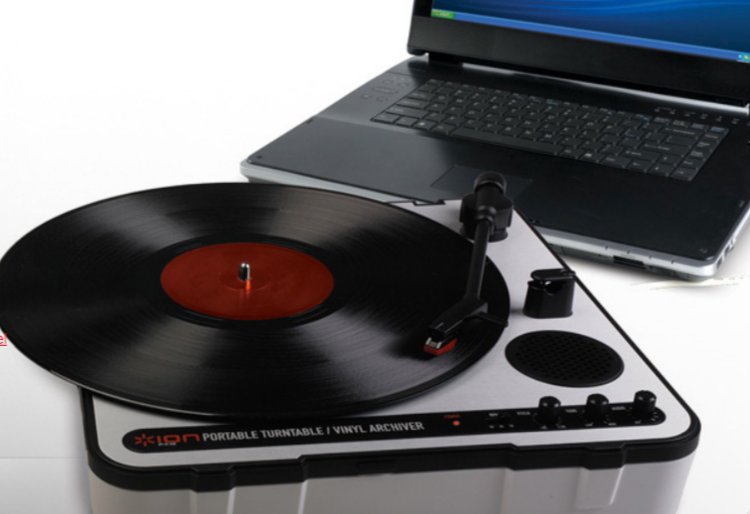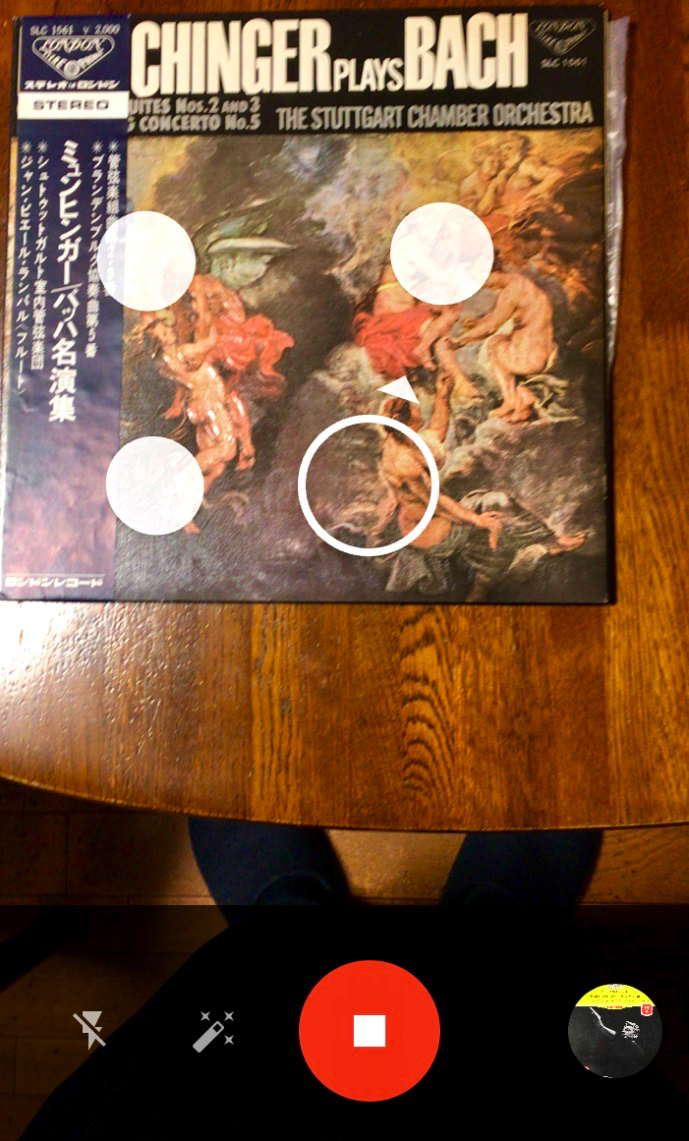Table of Contents
Custom Installation
VinylStudio is a program dedicated to converting your records and tapes to digital format. This software is much easier to use than a conventional audio editor, and it is able to transfer your albums to your computer effortlessly. VinylStudio is software that helps you transfer your vinyl albums (or cassette tapes) to your computer. It is the best way to convert records and tapes to digital format. Taking your old LP albums and transferring them to your computer could not be easier. Now everyone can rip their vinyl records in a few easy steps. VinylStudio software makes it easy to transfer your records and tapes to CD and MP3. Runs on both PC and Macintosh Computers and includes a full set of sound cleaning filters. Pioneer PLX-1000 High-torque Direct Drive Turntable for DJ.
Software
Custom Installation
NAD Integration Protocol Documentation.
This documentation describes the RS232 and Ethernet protocol used to control the M15HD Pre-amp.
NAD_M15HD_Protocol_Docs.zip.
This documentation describes the RS232 and Ethernet protocol used to control the TXX7 Receivers.
NAD_TXX7_Protocol_Docs.zip.
This documentation describes the RS232 and Ethernet protocol used to control the TXX5 Receivers.
NAD_TXX5_Protocol_Docs.zip.
AMX InConcert Partner
The AMX InConcert Partner program insures that the operating systems of NAD components will work seamlessly with AMX’s control system, and provides AMX dealers technical support when integrating NAD components with AMX controllers.
Download AMX Module
d-tools

All current NAD product data is now available from within the D-Tools software program itself. Simply open your D-tools Si v3 or above program, hit the [Data] tab and click on updates. www.d-tools.com
Crestron remote controller Remote codes
Crestron remote controller Remote codes: NAD-CrestronIR.zip. This is a ZIP file containing IR codes for all current NAD products with remote control capabilities. Please check the ‘readme’ file in the download.
Pronto remote controller codes
Pronto remote controller codes: NADtoPronto.zip. This is a ZIP file to generate Pronto Remote Codes for NAD products. The desired NAD command can be selected from a list and the Pronto Code will be displayed. The README file within the zip file provides instructions.
FM preset codes for the NAD C420 tuner

Direct access FM preset codes for the NAD C420 tuner, (but should also work for other NAD devices that support direct access IR to preset stations such as Philips Pronto and Marantz RC 5000 remote control systems). Remote codes: NAD_C420.zip.
Philips Pronto and Marantz RC 5000 NAD Remote codes

NAD A/V receiver, DVD player using Philips Pronto and Marantz RC 5000 remote control systems Remote codes: NADRCVRandDVD.zip.
Please Note:
The following files are useful primarily to custom installers/dealers.
(For more information on remote IR codes, click here: www.RemoteCentral.com)
Software
NAD USB audio driver for Windows
USB audio driver for Windows 7 and higher USB driver. Works with M12, M51, MDC DAC/DAC2, C390DD, C510, D1050, D3020, D7050 models.
NAD USB Audio Driver for Windows XP and Vista.
NAD USB Audio Driver v4.13 for Windows 7 and above.
PP 4 VinylStudio Lite
The PP 4 (or the older PP 3) comes a Mac and PC compatible version of AlpineSoft’s VinylStudio Lite ripping software is included with your new PP-4. With VinylStudio Lite you can:
- Rip LPs into WAV files
- Split Tracks
- Burn CDs
To download your FREE copy of VinylStudio Lite for your PP4 please click on the links below:
Vinyl Studio lite for Windows : Here
Vinyl Studio lite MAC (OS X 10.6 and later): Here
To upgrade to the fully featured version of VinylStudio, please visit AlpineSoft’s own website and purchase the most intuitive software available for ripping LPs and burning CDs. Added to the basic functionality of VinylStudio Lite is a feature that looks up the song titles online, and handles all the necessary file management. If located, the duration of the songs is used as well, making the track-splitting very easy. VinylStudio’s powerful audio cleanup tools (you can trial these in VinylStudio Lite) can be used to remove clicks and pops restoring your songs to like new condition.
Vinylstudio Promo Code
- Rip LPs
- Burn Cds
- Records Disks
- Splits Tracks
- Looks up Song Title
- Handles File Management
Visit: www.alpinesoft.co.uk/ for complete information
NAD S170 PC control software
NAD S170 Setup: Allows for setup of the S170 via a PC using the RS-232 port. Software provides an interactive S170 frontpanel on your PC for simple configuration. Additionally, right mouse click anywhere in the control panel for a drop down menu. S170_v100.exe.
NAD S170 Upgrade
NAD S170 Upgrade: when unzipped, ‘readme.doc’ contains instructions:
NAD-S170Upgrade.zip.

This is version 3.03. Check the version number that you have before updating by simply pressing the MODE key on the unit while powering up.
NAD HTR PC Interface software
This software allows you to interface with and update the HTR 2, HTR 3, HTR 4, HTR 6, HTR 7, HTR 8, HTR L53, HTR L70, HTR L73, HTR L76, HTRC 1, HTRM and HTRM 2 Remote Controls.. HTRPCInterface2.10.exe (Released Date 2014-10-19)
NAD AVR PC Interface
Software to control, and configure your A/V receiver through it’s RS232 port.
Supported models: T765, T775, T785, T175, T765HD, T775HD, T785HD, T175HD, T775, T777, T758, T757, T187, M15HD, M17. Download here
HTR-5 software
HTR-5 software: NAD-HTRDesigner.exe.
Vinylstudio Vs Audacity
MDC 4K upgrade firmware and instructions
- NAD is pleased to commence shipping of the MDC
- for the M17, T 187, T 787, T 777 and the
- for the T 758. The VM300 and VM130 bring your customers the latest Ultra HD video including HDMI 2.0b, High Dynamic Range (HDR) with full 4K at 60fps, 4:4:4 color resolution and HDCP 2.2.
DIRAC Live NAD
For more information on Dirac Live for NAD click here
I’ve been using a little program called VinylStudio for several years now. It makes the process of transferring vinyl records into my computer (and into my iTunes library) relatively easy. Since I have a new-ish Mac Mini that I use for my audio work, I updated my old version to version 8.8.2 and thought I’d post a review.
First disclosure, the software came to me courtesy of my wallet. It’s difficult (but not impossible) to write a truly unbiased review in exchange for a free thing-that-you’re reviewing. A pet peeve of mine is when reviewers don’t state up front who paid for the item, so I can take the review with one or two grains of salt.
The main screen of VinylStudio. Here I’m working on a transfer for a client in Nashville called “A Christmas Delight” by Winifred Smith, cut in 1967… not likely to show up on iTunes anytime soon.
VinylStudio was designed to be a standalone program for getting your vinyl records onto your computer. At $30, its a fairly inexpensive, yet still pretty capable program. You can use it to burn CDs of your records if you like, or save the files in a number of different formats besides MP3s, including WAV, AAC (Advanced Audio Coding), AIFF (Audio Interchange File Format), ALAC (Apple Lossless Audio Codec), DFF, DSF, (there are different types of Direct Stream Digital formats) FLAC Free Lossless Audio Codec), and OGG (Ogg Vorbis open-source format).
The program has a capable noise reduction section, but I use other programs for this job. It’s not because Vinyl Studio can’t do the job, it’s just that I’ve been using other programs for editing and noise reduction for years and I’m more familiar with them. Besides, they cost a pile of money so I’d rather use them than let them sit. I mainly use Adobe Soundbooth CS5 for editing and noise reduction, but for really difficult situations, I’ll use Izotope RX Pro.

While you can use VinylStudio to record the file directly into your computer, I record onto a Somy PCM10 recorder. The biggest reason is that my turntable is downstairs in the basement, and my audio workstation is in the office upstairs. I always clean the surface of the vinyl with a water-alcohol solution. (three parts distilled water, one part pure isopropryl alcohol, and one or two drops of Dawn dish detergent to break the surface tension. I usually make a gallon at a time). One of these days I’ll build an utrasonic/ centrifugal record cleaning machine. A somewhat risky way to clean really dirty albums is with a thin layer of Elmer’s glue. Once dry, it peels away from the vinyl, taking specks of dust and dirt with it. I’ve only done this experimentally though. Once recorded, I bring the PCM10 upstairs and download the file into my computer.
Vinyl Studio Pro Promotions
First I usually apply a rumble filter which greatly cleans up the waveform, then scan for really obnoxious pops and fix these individually. I’ll then declick the guard bands in between songs. But it’s rare that I’ll do further noise reduction… a certain amount of minor clicks and crackle is a part of the vinyl experience, and too much cleanup destroys the character. I’ll manually optimize the file and balance the tracks if necessary.
Alpinesoft Vinylstudio
With that done, I then bring the file into Vinyl Studio for final work. This is where the program is a huge time-saver… dividing the file into individual songs, and looking through databases on the internet for the track names. This way, you are saved the work of typing in each track name individually. Sometimes it doesn’t work, like when the database can’t find a record, or more rarely, when there were several different versions of a record on vinyl or CD and the order of the songs has been rearranged. But more often than not, it works well. Then it’s a matter of trimming the breaks between the tracks to make the start and stop more accurate.
Another great advantage of the program is bringing the album into my iTunes library, which is a simple one-button affair. VERY handy.
Overall there aren’t a number of big changes with the program over the previous version, which is a relief. It’s a must-have if you’re new to vinyl. For me, it’s a super way to preserve my collection, which includes a small number of fairly expensive and hard-to-replace classics. For casual listening, I just hit the spacebar on my computer. It isn’t the same as cleaning the record and dropping the needle, but it’s really close. Vinyl has a finite number of times it can be played before it gets worn out, and this keeps your collection in nearly unplayed shape. Besides, it’s fun… and records can be traded or sold, which can’t be done with Spotify or iTunes. Buy yourself a turntable, a preamp, some old records, and this program and give it a try… it’ll change the way you enjoy music!
